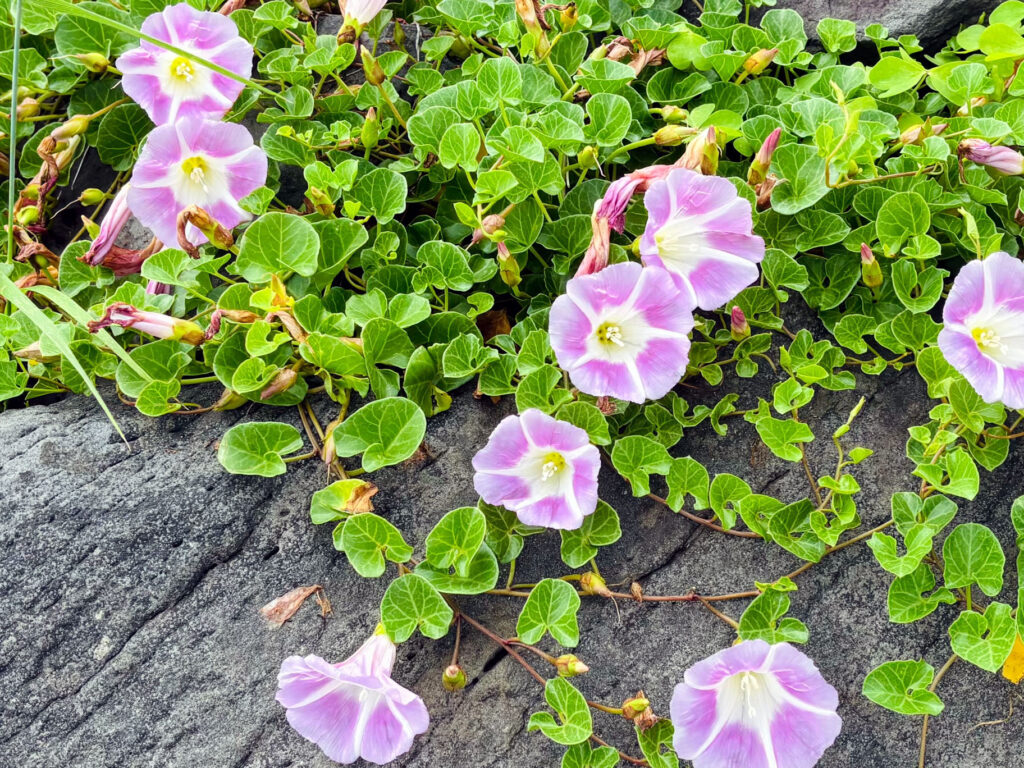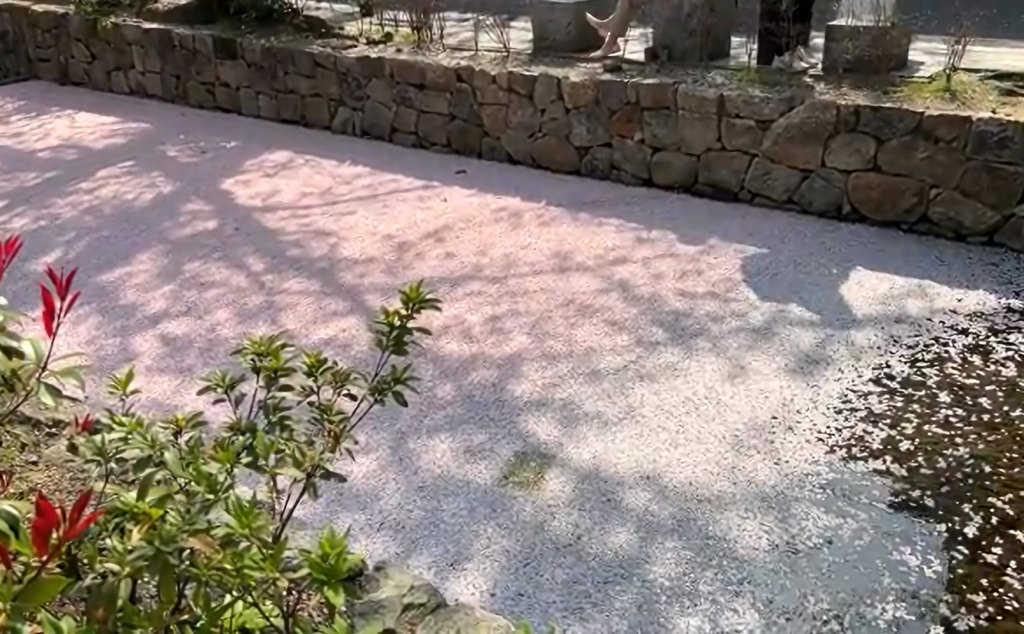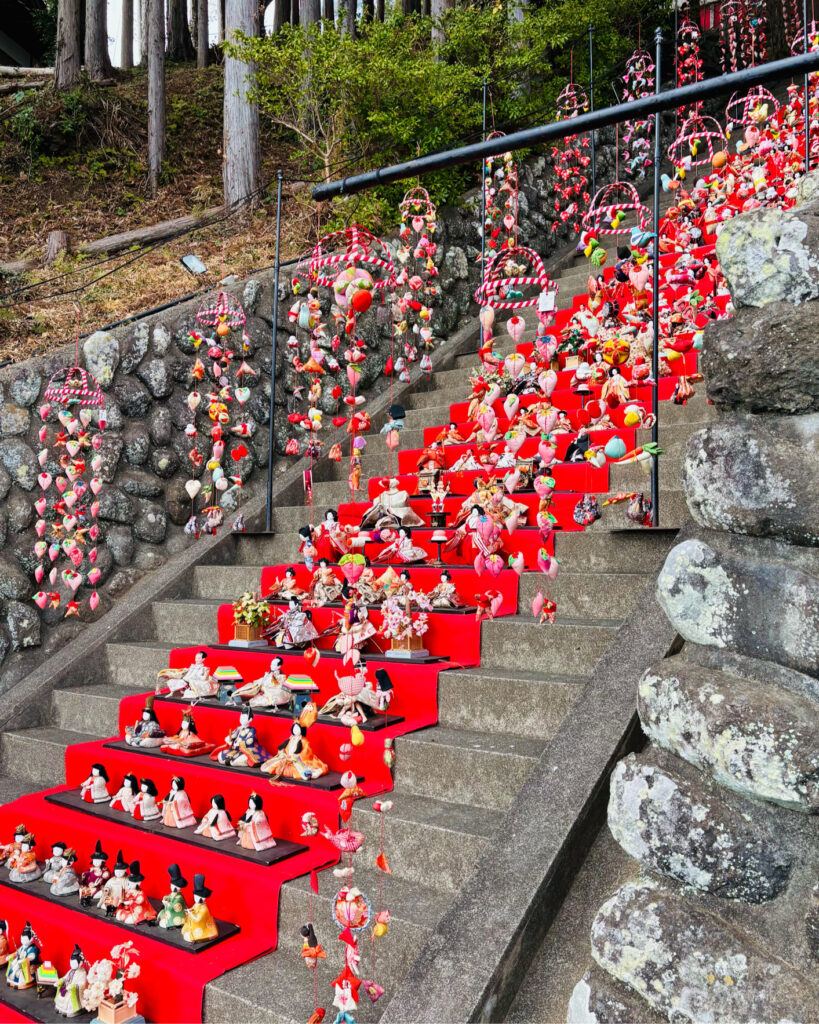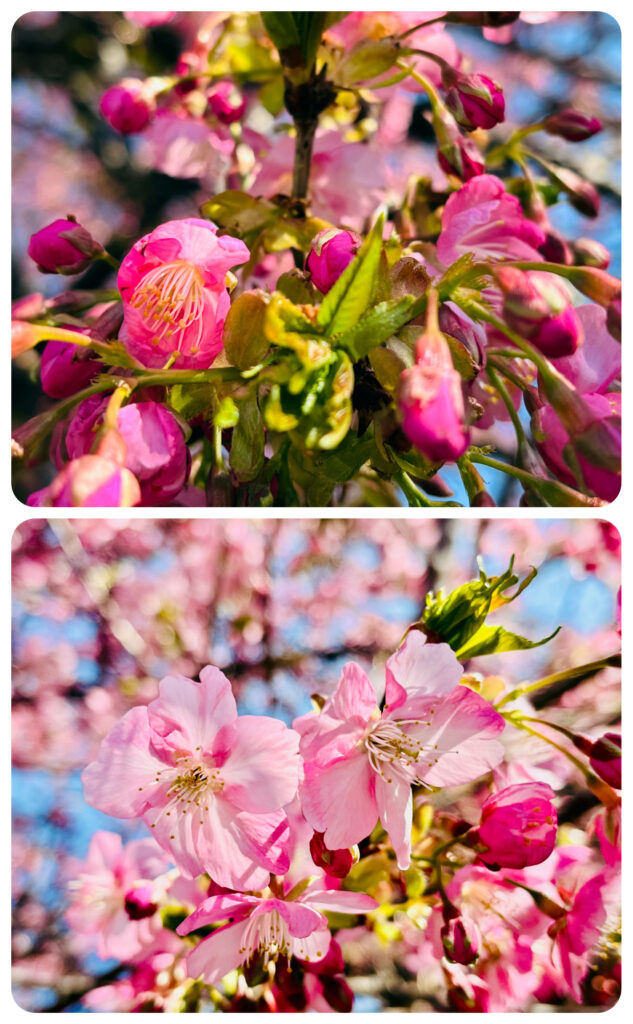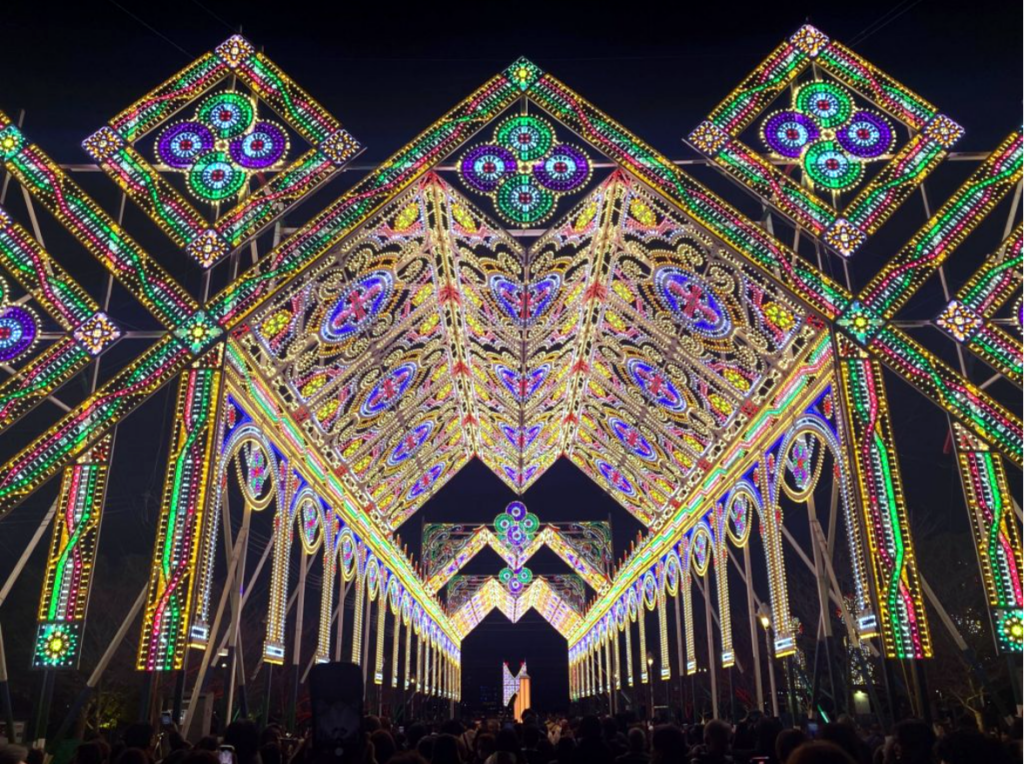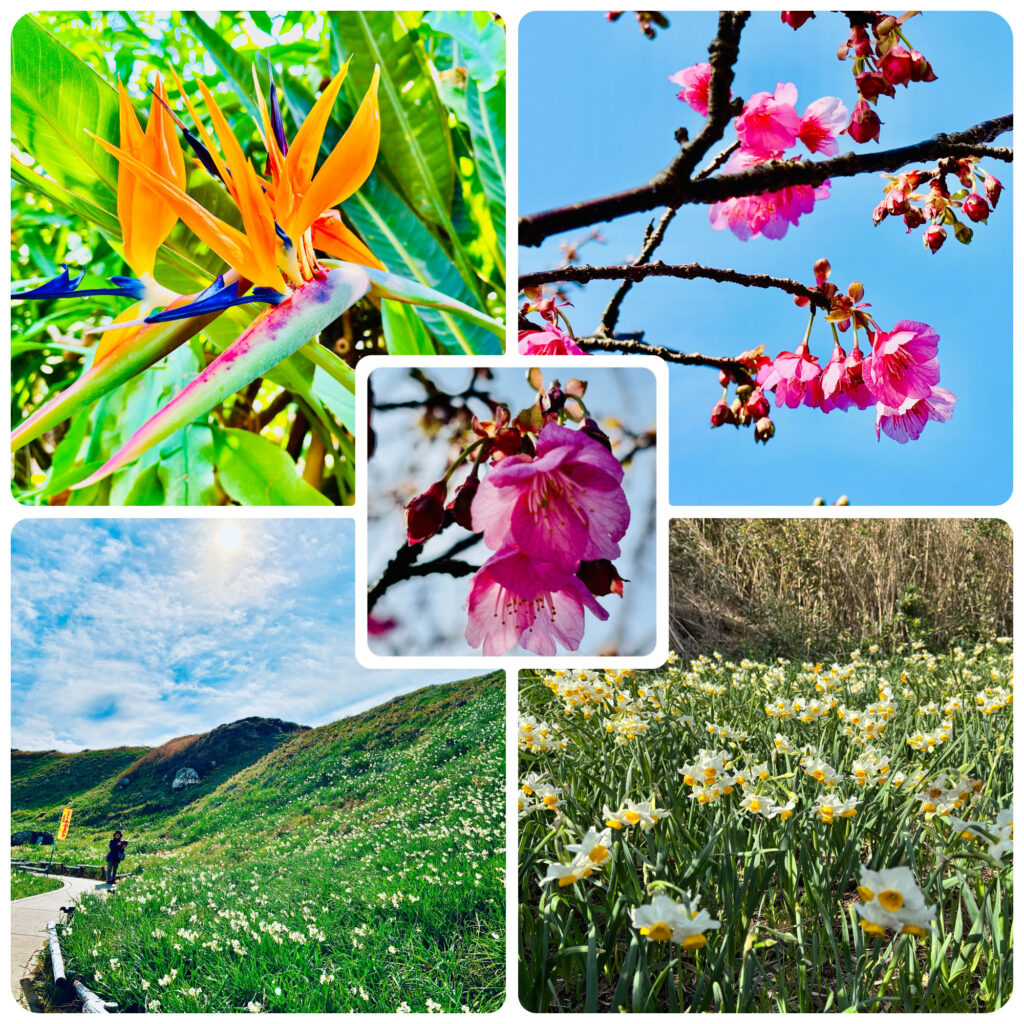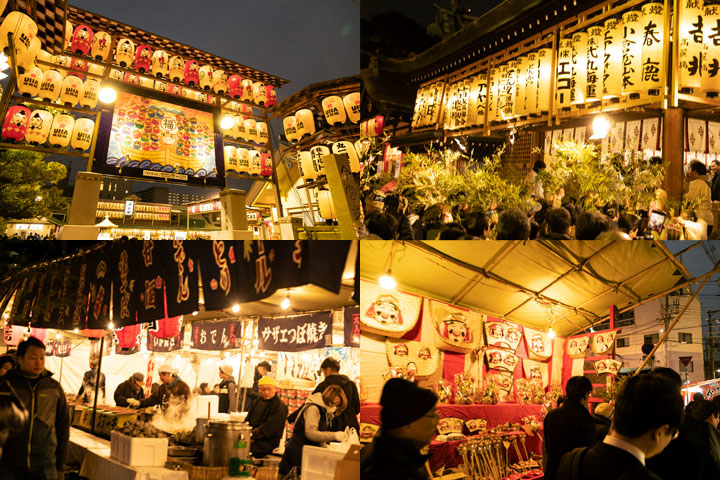
**なんとまあ、早い梅雨明け。**
気象庁は27日、九州南部、九州北部、四国、中国、近畿の各地方が梅雨明けしたとみられると発表しました。確定すれば、九州南部を除く全ての地域で、6月中の梅雨明けは観測史上初めてとなり、過去最も早い記録となるそうです。
今年の梅雨入りは6月9日で、平年(6月6日頃)とほぼ同時期でした。ただ、その時点ですでに「今年の梅雨明けは6月中になるだろう」との予想が出ており、まさにその通りとなりました。
これは平年(7月19日頃)に比べ、近畿では22日、四国では20日も早い梅雨明けとなります。
日本の梅雨は、ヒマラヤ山脈の存在に起因するといわれています。地球の中緯度には、地球の自転と気温差によって生じる偏西風が常に吹いています。この偏西風がヒマラヤ山脈によって二分され、再び合流することで、冷たいオホーツク海高気圧が形成されます。一方、南からは夏が近づくにつれ、暖かく湿った太平洋高気圧が勢力を拡大し、両者が日本上空でぶつかり合うことで梅雨が発生するのです。
もしヒマラヤ山脈の高さが現在の半分ならば、梅雨の期間も半分程度に、そして仮にヒマラヤ山脈が存在しなければ、日本には梅雨そのものが起こらないとされています。
梅雨は日本特有の気象現象であり、それゆえに私たちの国土はこれほどまでに緑豊かで、湿潤かつ温暖な気候に恵まれているのです。
近年では、地球温暖化の影響により、太平洋高気圧の勢力がオホーツク海高気圧を上回る傾向が顕著になってきました。今年の記録的に短い梅雨は、まさにその典型的な例といえるでしょう。
“Well, that was a sudden end to the rainy season!”
On the 27th, the Japan Meteorological Agency announced that the rainy season appears to have ended in the southern and northern parts of Kyushu, as well as in Shikoku, the Chugoku region, and the Kinki region. If confirmed, it would be the first time in recorded history that the rainy season ended in June across all these regions—except southern Kyushu—marking the earliest conclusion on record.
This year’s rainy season began on June 9, almost in line with the average start date of around June 6. Even then, forecasts were already predicting that the season might end within June—and those predictions have proven spot on.
Compared to the usual end date of around July 19, this year’s end came 22 days early in Kinki and 20 days early in Shikoku.
Japan’s rainy season is said to be influenced by the Himalayan mountain range. In the mid-latitudes of the Earth, the westerlies—winds caused by the Earth’s rotation and temperature differences—constantly blow. These winds are split by the Himalayas and converge again, forming the cool Okhotsk high-pressure system. Meanwhile, as summer approaches, the warm and humid Pacific high-pressure system strengthens from the south. The collision of these two systems over Japan gives rise to the rainy season.
If the Himalayas were only half as tall as they are now, the rainy season would likely be about half as long. And if the Himalayas didn’t exist at all, Japan might not experience a rainy season in the first place.
The rainy season is a meteorological phenomenon unique to Japan, and it plays a key role in shaping our country’s lush greenery and its humid, temperate climate.
In recent years, the effects of global warming have become more evident, with the Pacific high-pressure system increasingly overpowering the Okhotsk high. This year’s record-short rainy season may well be a clear example of that trend.

